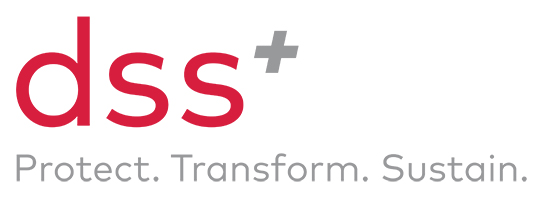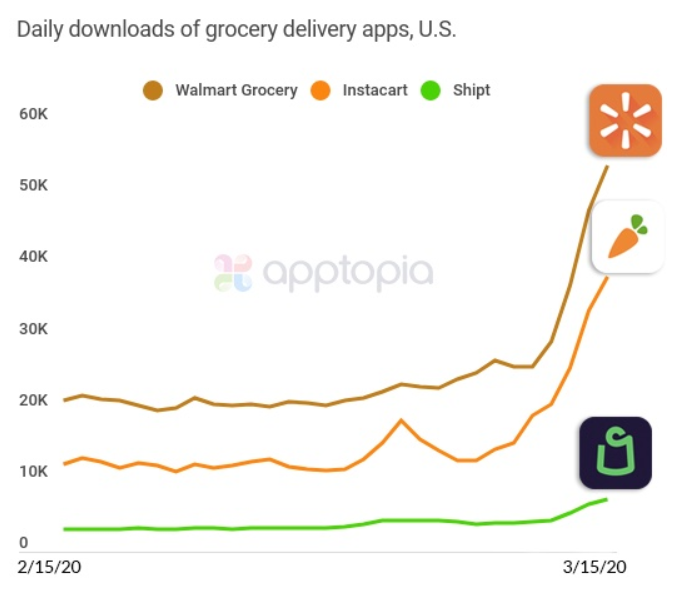
The potential for safety technologies to improve your business is almost a given, regardless of your geographic focus or industry. With new solutions coming onto the market at an ever-increasing pace, the temptation to jump on the bandwagon as soon as possible is great. However, here are five key challenges to avoid when implementing safety technology.
In a nutshell, there is the issue of how to
- choose the right technology,
- and the right vendor, as well as
- how to operationalize the technology in question given the frequent lack of an implementation roadmap,
- the difficulty of change management inherent to any such implementation, and
5. the fact that having all this extra data is only useful if the right analytics processes are also integrated into your operations.
These five challenges are presented under two main categories: identifying the right solution, which covers challenges 1 and 2; and implementation, which speaks to challenges 3, 4, and 5.
Finding the Right Solution When the Tech Landscape is Complex & Ever Evolving
The technology landscape is ever evolving and consists of multiple players within the same segment, resulting in difficulties picking the right safety technology and provider
In companies that have a dedicated innovation or digital team, secondary research will usually be mandated up-front to look for possible solutions. Once a company has not only identified a need for safety technology, but has a semi-clear view of what they are looking for, the classic approach to identifying the right solution tends to be putting out a Request for Proposal (RFP).
At dss+, the approach is a little different.
If we take the example of fatigue management, dss+ will start by mapping out the technology options that exist and narrowing them down to a shortlist based on specific client requirement (e.g. language, location of headquarters, etc.).
Then, the SafetyTech approach is to interview and qualify vendors based on our experience and understanding of what the client needs. This ensures a more in-depth understanding and vetting of the products, an important first step to later identify a shortlist of options best suited to any particular client’s needs and circumstance.
The next stage is the “Proof-of-Concept” (PoC) phase, where dss+ works on real issue-based scenarios. We design an experiment with a scientific approach and in collaboration with the client to test shortlisted technologies for the best result. A baseline of key performance indicators (KPIs) is created, and different tech solutions are then used with various test groups on-site. After the experiment, a specific solution and vendor are selected based on best-fit and performance during the PoC stage.
This contributes to addressing the first two issues: choosing the right technology and the right vendor.
Next comes the question of how to operationalize the selected technology.
Implementation Challenges
What does it really mean to implement a technology to improve fatigue management, to use the same example as above? It is essential to understand the various phases that will be needed to go from a pilot run to full-scale implementation. This process does not occur in a vacuum, but must connect to and synergize with the organizational systems already in place.
In other words, how would implementing a fatigue management technology link to the digital transformation of the whole company?
Bringing a safety technology into a corporate ecosystem is only useful if it is integrated with the rest of the operational value chain. Information technology or IT setups need to be able to speak to the operational technology (OT) of sensors, devices, and safety technology. This goes beyond merely connecting the new technology with the IT department, however. To benefit from all the advantages it can provide, the digital aspect of safety technology must become an integral part of the function of operations.
Such change will not happen overnight. To ensure a smooth transition, leveraging change management knowledge, experience, and techniques can make the whole process much less stressful for everyone involved.
The dss+ expertise in behaviour change to create and improve the corporate safety culture is part of the Dupont legacy, and the backbone to any implementation plan the team designs.
Last but certainly not least, the safety technology solution will not only provide a better way to do things – it will also generate a significant amount of data.
To leverage this information and turn it into an asset, it is not only useful to think ahead and address data and privacy issues up front in a constructive way, but it is also key to ensure the company has the ability to process all this data. This implies having the right infrastructure and the right people to do so.
Safety technology collects information at such a frequency that using such technology means stepping into the world of big data. Asking the IT or Ops team to handle this volume and quality of data is not sufficient; specially trained professionals are required to get the kind of insights from this big data that will allow for preventive and corrective actions to be taken.
In early phases of implementation, the dss+ team can step in to support you in selecting, implementing, and analysing the data from the best safety technology solution for you. We have a trained team of data scientists who take the best industry practices in data science and combine them with our operational knowledge for an optimal approach to turn Health, Safety, Environment (HSE) data into a decision-driving asset.
| Key challenge | Summary of the challenge | How dss+ can help you address the issue |
|---|---|---|
| Choosing the right technology | The technology landscape is complex and constantly changing, it can be difficult to select the right safety technology for your company. | At dss+, the SafetyTech approach is to interview and qualify vendors based on our experience and understanding of what clients need. Only then are the vendors featured on the SafetyTech platform. This ensures a more in-depth understanding and vetting of the products, an important first step to later identify a shortlist of options best suited to any particular client’s needs and circumstance. |
| Selecting the right vendor | With multiple players within the same segment, it can be difficult to select the right safety technology – and provider – for your company. | A baseline of key performance indicators (KPIs) is created, and different tech solutions are then used with various test groups on-site. After the experiment, a specific solution and vendor are selected based on best-fit and performance. |
| Operationalizing the technology in question | Without a one-size-fits-all implementation roadmap available, operationalizing the safety technology identified can be difficult. | Bringing a safety technology into a corporate ecosystem is only useful if it is integrated with the rest of the operational value chain. Information technology or IT setups need to be able to speak to the operational technology (OT) of sensors, devices, and safety technology. This goes beyond merely connecting the new technology with the IT department, however. To benefit from all the advantages it can provide, the digital aspect of safety technology must become an integral part of the function of operations. |
| Change management inherent to any such implementation | How do you ensure buy-in from everyone required to make the implementation of the new safety technology a success? Users, managers, and data analysts must all be on-board | Leveraging change management knowledge, experience, and techniques can make the whole implementation process much less stressful for everyone involved. The dss+ expertise in behaviour change to create and improve the corporate safety culture is part of the Dupont legacy, and the backbone to any implementation plan the team designs. |
| Leveraging the data | Having all this extra data is only useful if the right analytics processes are also integrated into your operations. | Safety technology collects information at such a frequency that using such technology means stepping into the world of big data. Specially trained professionals are required to get the right kind of insights from this data so it becomes an asset to your operations and your bottom line. |
Summary table of the 5 key challenges in identifying and implementing safety technologies, and how to avoid them
While the five pitfalls identified are common, being aware of them is the first step to avoid them. If you are looking for a safety technology solution, we invite you to search the SafetyTech catalogue and reach out to the dss+ team with any questions or to start the conversation that can take you to the next level in terms of digitalizing your operations and making them safer by implementing the right kind of safety technology for you.







